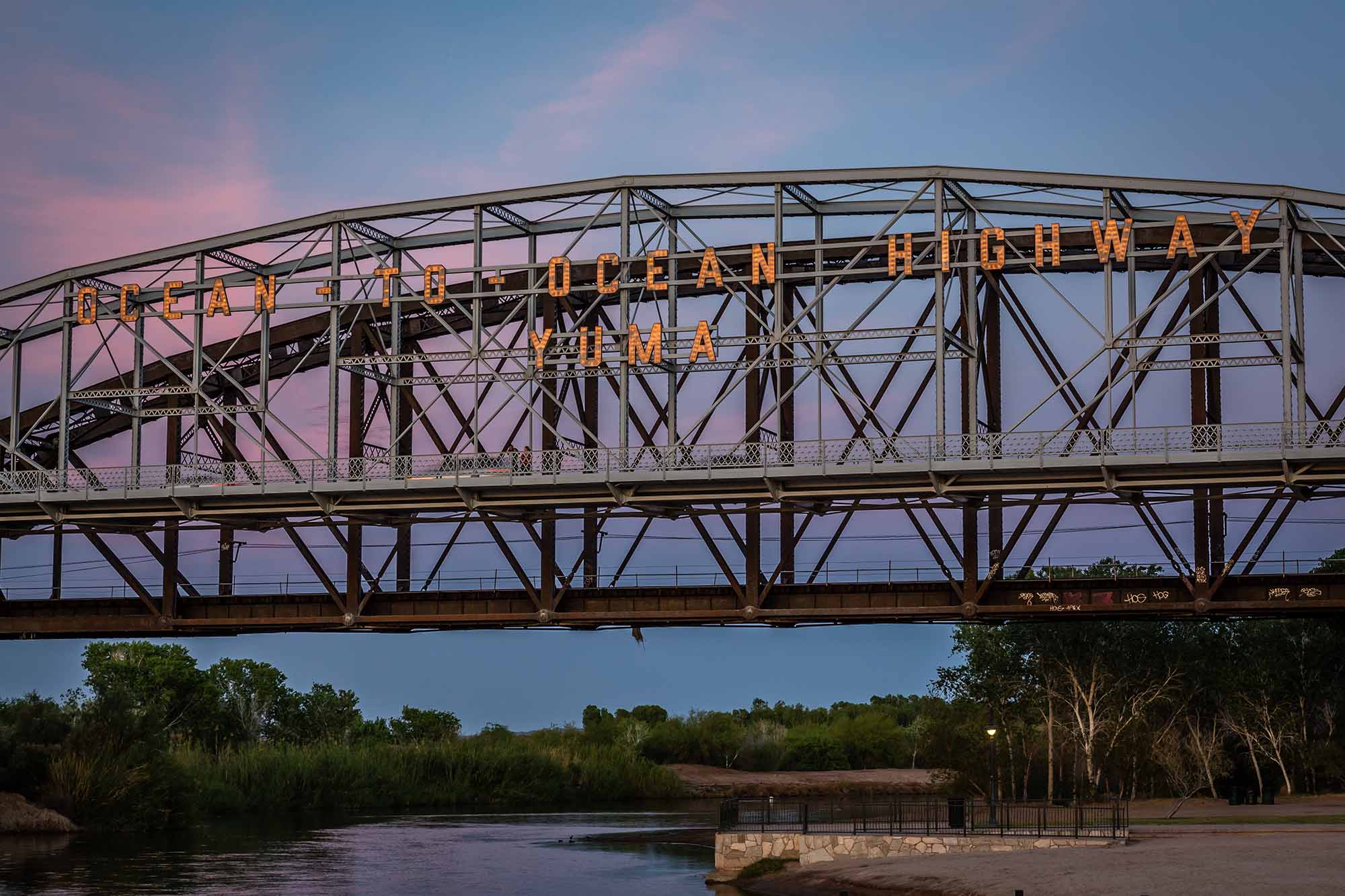Rainy days get you down? The answer appears to be to move to the Southwest United States. Cities in the Desert Southwest are some of the driest in the country, with average annual rainfall as little as three inches per year! We combed the data and picked out the 10 driest US cities, which are pretty bone dry.
These cities see less than 10 inches of yearly rainfall, with most of the precipitation occurring in the wet season for the West, which generally occurs in the Winter. Otherwise, these areas are sunny, dry, and often quite warm.
For us, this is too dry, but we can understand if you disagree. For this list, we’ve considered any location with a population of 25,000 or more people a “city” and used official precipitation data from NOAA. That would only change the list past our number one: Yuma is the driest city in the US regardless of the metric you use, but Las Vegas, Nevada, one of the largest cities on our list, isn’t too far behind! Here’s our list.
What are the Top 10 Driest US Cities?
- Yuma, AZ: 3.30″ annually
- Las Vegas, NV: 4.19″
- Bakersfield, CA: 6.47″
- Lancaster, CA: 7.38″
- Reno, NV: 7.40″
- Phoenix, AZ: 8.03″
- Yakima, WA: 8.25″
- Kingman, AZ: 8.39″
- Redmond, OR: 8.90″
- Grand Junction, CO: 9.42″
Why All The Driest US Cities are Out West

As you can see, unlike our list of sunniest cities, the driest US cities are spread out across the Southwest and a significant portion of the interior Western US. But are the driest US cities to be found in the same area? It has to do with geography.
A series of mountain ranges line the West Coast of the US from north to south: the Cascades run through Washington southward into Oregon, the Sierra Nevadas through much of California, and the Rockies run through Montana through Arizona and New Mexico.
The driest places and cities tend to be found right on or near these mountain ranges: Las Vegas is between two of them; Yuma sits at the base of one; Reno and Bakersfield are both on a plain surrounded by the Sierra Nevada; Lancaster and Phoenix are both just outside the mountains; Yakima is in a valley between two ranges.
So, it’s evident that these mountains contribute to the dryness of these US cities. Here’s why.
These mountain ranges act as barriers to moist air coming from either West or east. The rising motion of the side of the mountain gives lift which helps form clouds and eventually precipitation. When this air comes down the other side of the mountain, the motion precludes the upward development of clouds, making these locations typically drier and often hotter than those on the opposite side of the mountain.
This explains why areas of the West that you might expect to be rainier, like eastern Washington and Oregon, are often as dry as some desert areas in the Southwest.
Why Yuma, AZ is So Hot, Dry, and Sunny

Yuma has appeared on our list numerous times: it is our sunniest US city, one of the warmest places in America, and now the driest US city. That suggests Yuma’s weather is dry, sunny, and warm year-round, right? Well, not exactly. Yuma does have an arid climate, with some of the driest conditions in North America along its Colorado River frontage near Mexico. It is hot out there for much of the year, but it’s even drier to the east and north (we don’t have weather stations there, and thus no weather data to confirm this).
Yuma sits on a plain surrounded by mountains that block precipitation from the West. Thus, Yuma has dry conditions for most of the year, but some rain falls during winter when cold fronts are more common, bringing in some much-needed moisture. But still, one could argue that Yuma has some of the country’s nicest weather year-round, thanks to its dry, sunny, and warm climate that lasts most of the year.
Experience the fascinating world of weather with the second edition of Weather Watch: An Introduction to America’s Weather and Climate. This book doesn’t just explain weather and climate concepts—it brings them to life.
Weather Watch is perfect for teenagers and adults who wish to deepen their understanding of the dynamic world of meteorology. Simplifying the complex, this book breaks down the science of weather into smaller, easily digestible concepts, allowing you to build on your knowledge with each chapter.
Here’s what to expect:
- Detailed insights on clouds, pressure and wind, reading weather maps, hurricanes, and tropical storms
- Enlightening discussion on climate change
- Essential guidance on purchasing a weather station
- Critical information on severe weather and tornadoes
- Learning how to forecast the weather yourself
This second edition comes completely reformatted with over 30 pages of new content, including advanced weather map analysis and space weather. It’s more visually appealing with additional illustrations and graphics. Each chapter now ends with handy links for more in-depth learning, and sprinkled throughout the book are captivating American weather events, serving as real-life illustrations of introduced concepts.



